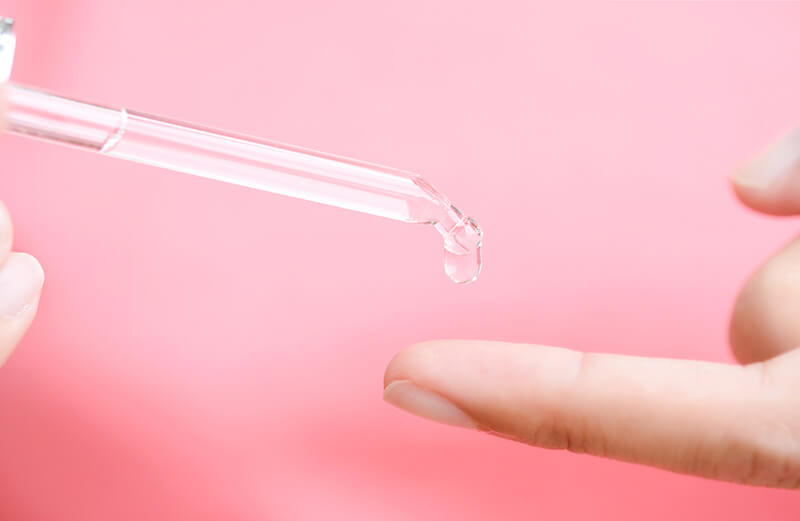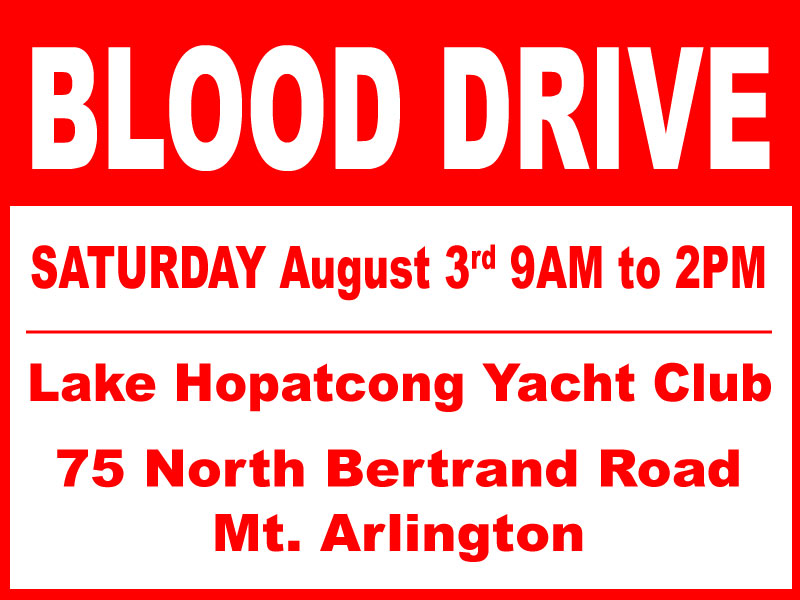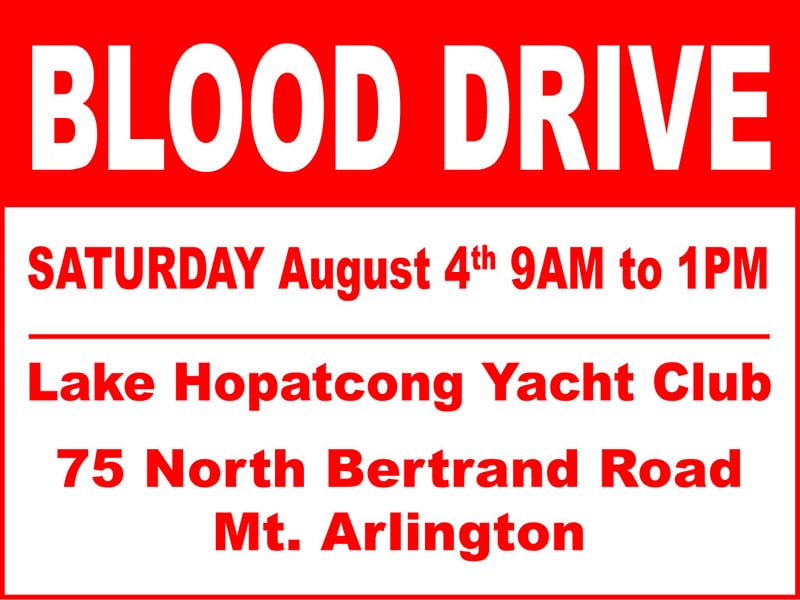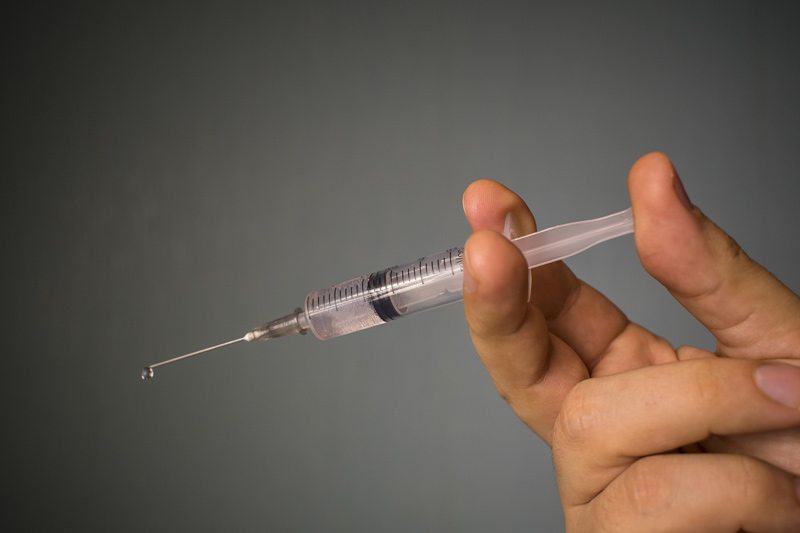With the skincare and cosmetic industry booming at $145 billion and releasing new lotions, cremes, and serums every day, it’s easy to get lost. But with a helpful guide to skincare serums, you’ll be able to walk down that skincare...


With the skincare and cosmetic industry booming at $145 billion and releasing new lotions, cremes, and serums every day, it’s easy to get lost. But with a helpful guide to skincare serums, you’ll be able to walk down that skincare...

On Saturday, August 3rd, 2019 there will be a Community Blood Drive held at the Lake Hopatcong Yacht Club’s Ballroom located at 79 N. Bertrand Road from 9 a.m. to 2 p.m.

On Saturday, August 4, 2018, there will be a Community Blood Drive held at the Lake Hopatcong Yacht Club’s Ballroom located at 79 N. Bertrand Road from 9 a.m. to 1 p.m. Please consider a blood donation now to assist...

Varicose vein treatment is on the rise across the United States. New research indicates that this growth is likely to continue at a rate of 6.9% by the year 2021.

Sclerotherapy is the most effective and common spider vein treatment option. It has been called the Gold Standard by a multitude of patients and providers around the country.

The holidays are fast approaching and for many of us that means cold temperatures and traveling to visit with family and loved ones while spending hours in confined spaces to get there.